
Here’s the brutal truth about chest day…
Everyone does it.
You never hear of someone ignoring the chest and never skipping it.
Unlike legs, the chest is a popular muscle.
So much so, Mondays have become known for being international chest day.
But yet many don't know how to get a bigger chest.
If you’re a skinny guy, you’ll naturally have small shoulders and a slim upper body.
I know, I’ve gone through the struggle.
Now after years of error and trial, I think I'm in a good position to pass on what I would call my guide on how to build a bigger chest.
I implemented some of these actionable tips that I could see results almost right away.
Check out the before picture while I was still learning the way of the chest on January 1, 2008:
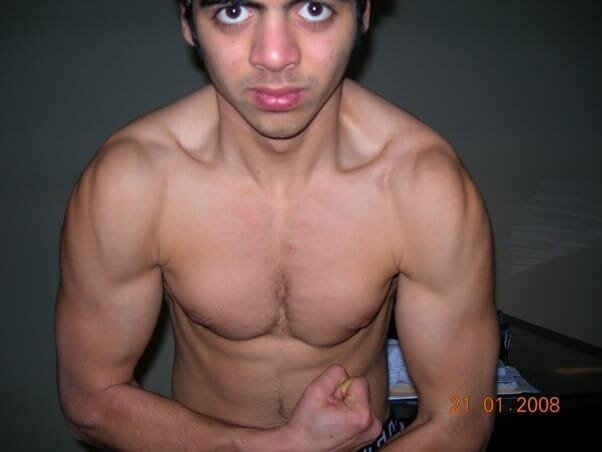
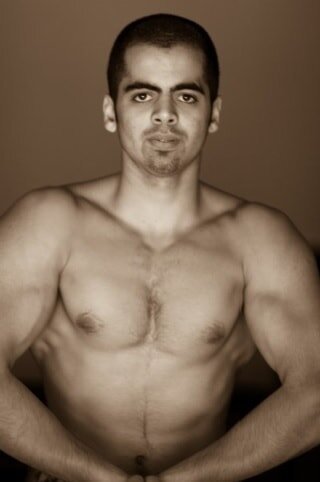
Here's why you're not seeing progress:
You can’t build a big chest using machines.
They are useful for learning form and isolating muscles but when it comes to making the most out of your gains, they will mostly come from free weight exercises like barbell and dumbbell bench press.
Ah yes we’ve all seen the video where Arnold Schwarzenegger does his flies and nearly touches the ground with it. But you won’t make gains without compound exercises.
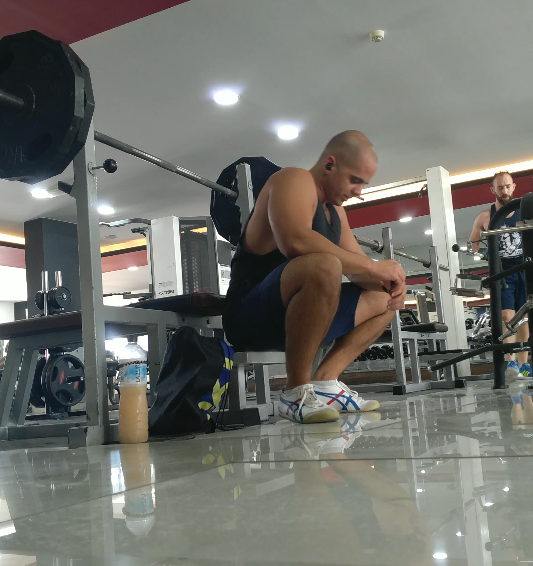
One of the biggest game changer for me when I was skinny was increasing the time I took between compound lifts. I used to take less than 45 seconds, or even no rest at all between compound lifts.
Increasing it to 1.5-3 minutes helped tremendously.
Form:
The problem with the bench press is that men forget to drop their ego at the gym door and go in thinking they need to lift as much as possible or use poor form.
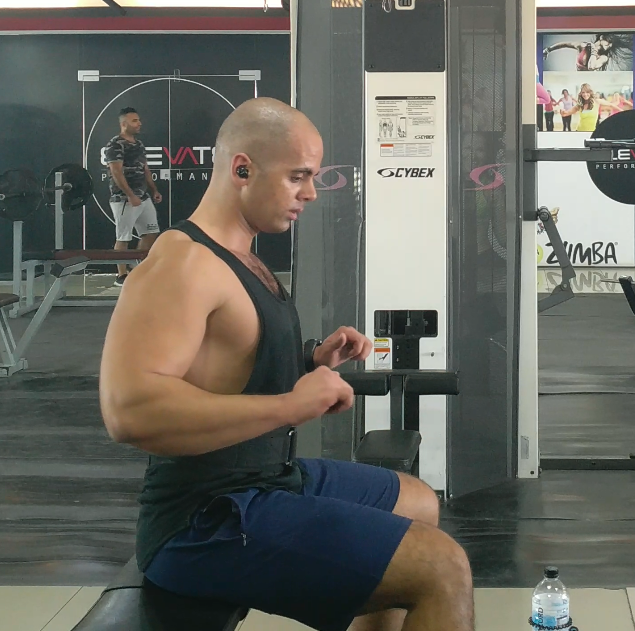
In order to maximize the development of a weak muscle you need to focus on it first, early in the workout.
This means doing flat barbell or dumbbell press first, before any exercise.
And if you want to improve your upper chest, then you will instead do the incline form instead of the flat.
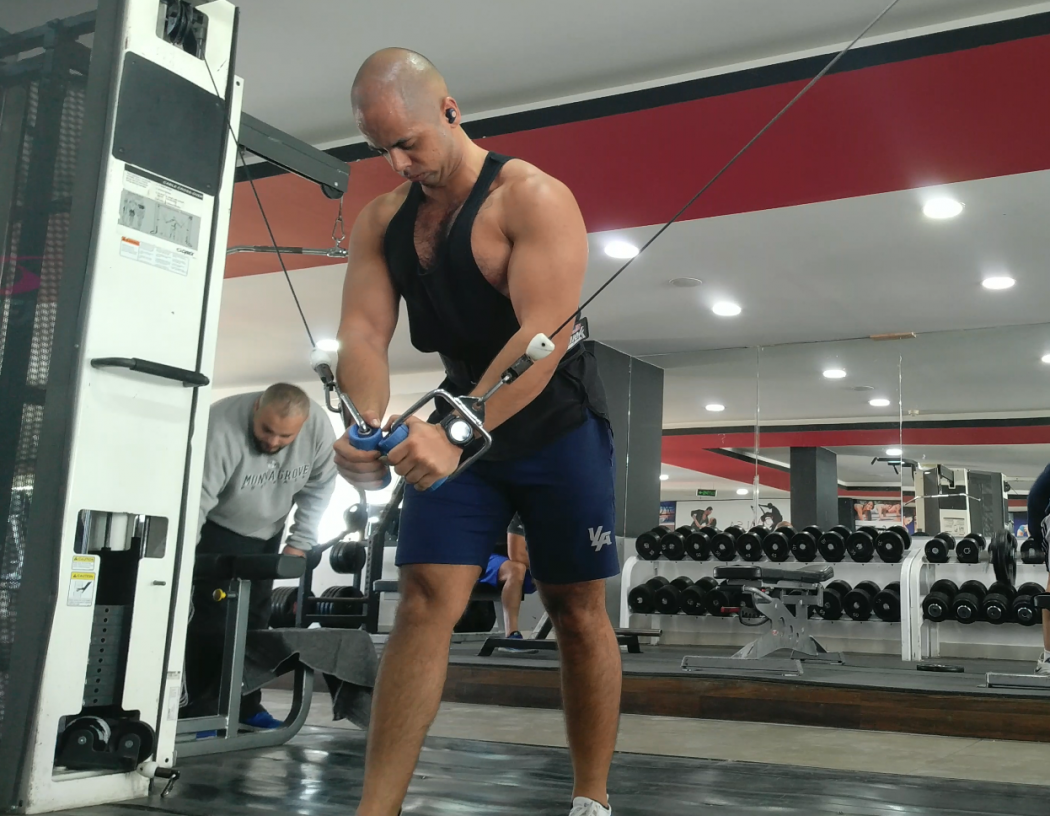
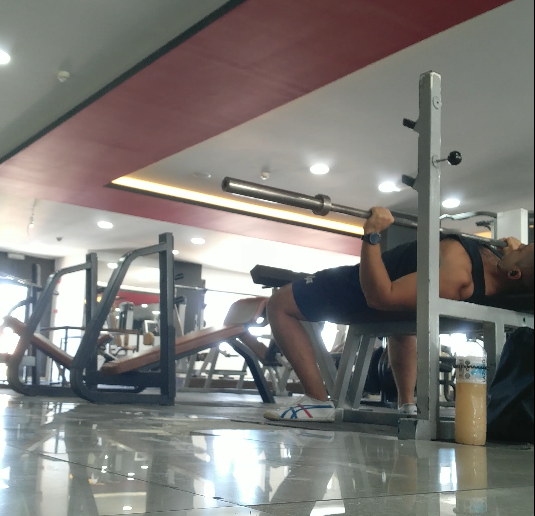
Depending on your equipment, you should now have exercises that you can emphasize the stretch of the chest.
And aim to get progress on those exercises.
Whether it's deficit push ups or bench press, aim for either more reps or weights.
If you bench press 135 for 8 reps last time, aim for 9 reps this time. And if you struggle for the last rep, ask your spotter to help with the pushing portion (positive) of the exercise while you lift the lowering portion (negative).

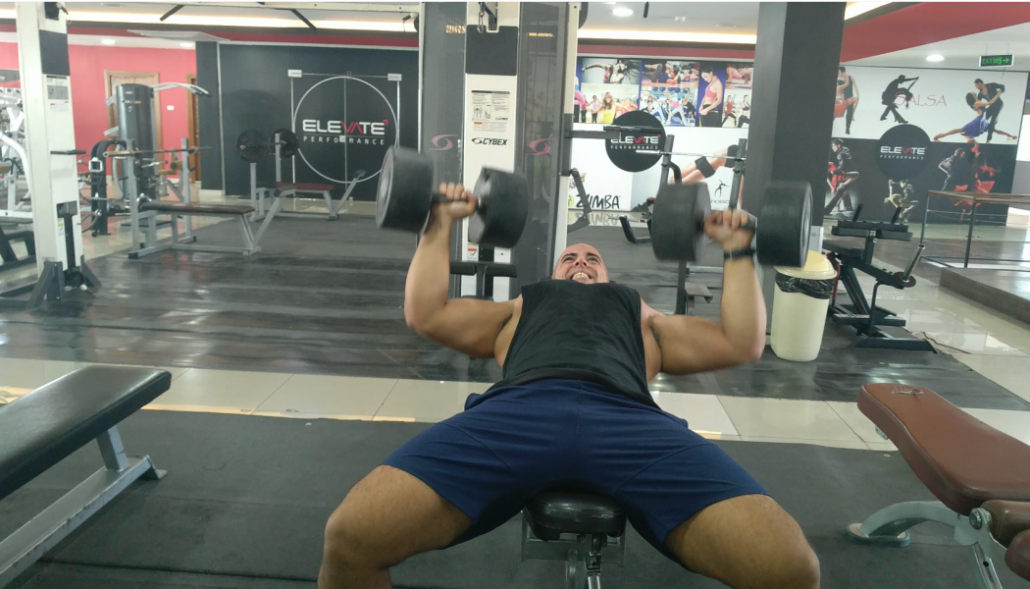
While you can’t bench as much as you can on the dumbbells compared to barbell, it’s still a valuable exercise because it puts more emphasis on the chest than shoulders and triceps.
We don’t recommend this type of grip because of the strain it can put on the shoulders.
But if you can handle this without pain, or with a lighter weight than usual, it’s a great way to engage the chest.

The bulk of your chest development will come from heavy compound movements like the bench press, whether barbell or dumbbell.
The bulk of your chest development will come from heavy compound movements like the bench press, whether barbell or dumbbell.
You can have one month where you start with incline bench press, or only perform incline pressing to make your upper chest a stronger point.
Isolation exercises are going to help with all phases of the movement, from the stretch to the contraction to the top. They play a role in your chest development but they need to be paired with compound exercises to get the most out of them.

This is an intense workout where you superset with flies right after a set of bench press.
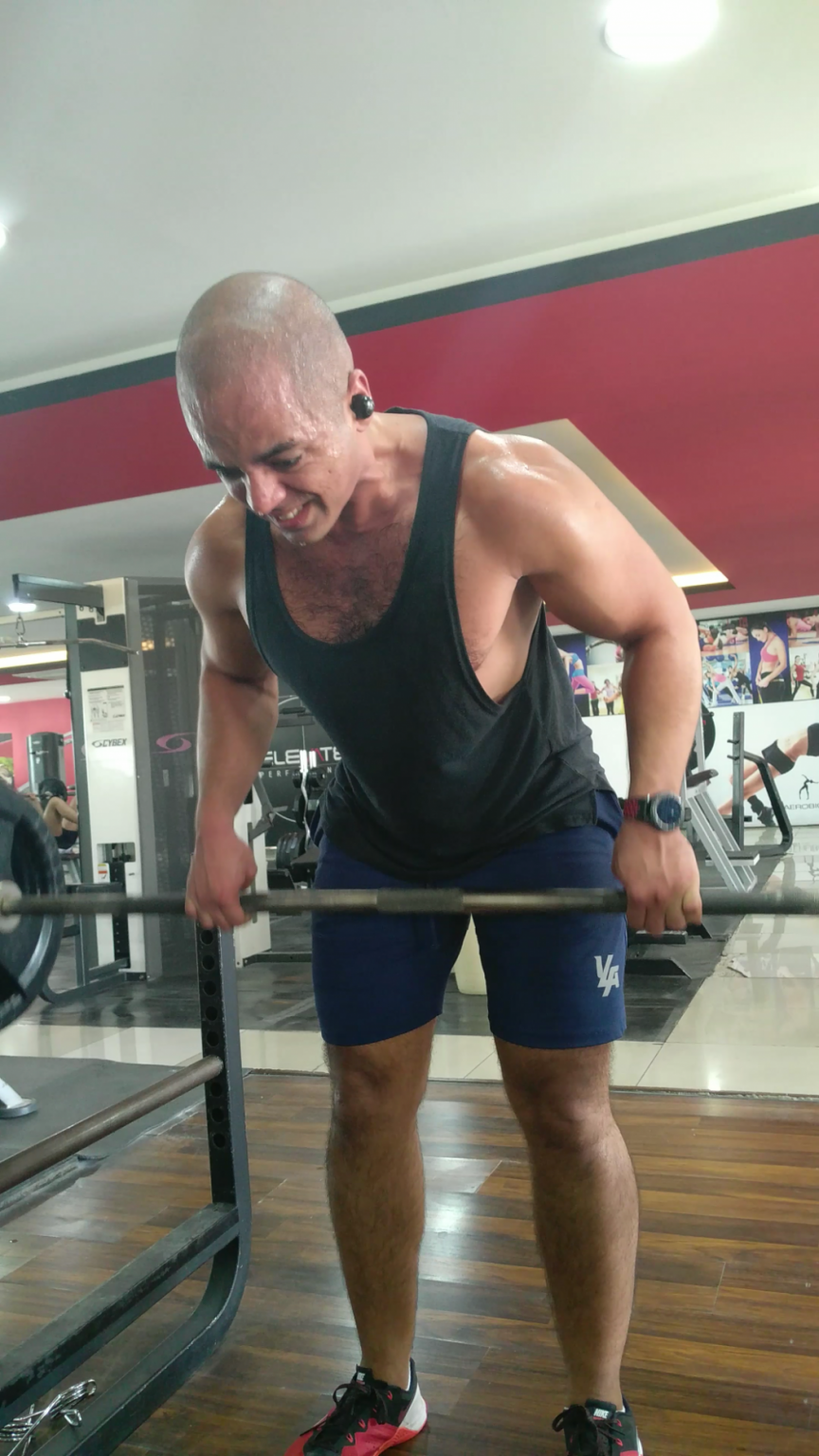
Extreme stretching is a way to emphasize the stretch with the help of additional weight.
This weight forces the muscle to get into a deeper stretch.
It originates from old school training, made popular by Dante Trudel and his Doggcrapp training.
But it can be risky for injury because it puts a strain on the body so they need to be used with caution and build up by starting with super light weights to assess tolerance basically.
Phil Heath said it himself in 2016 before he won his sixth Mr. Olympia: “I realized I had to stretch more in order to make space for new muscle”.
In fact I would say extreme stretching helped me get a much fuller chest.
Check out the difference with the older picture on the left, and before is on the right:
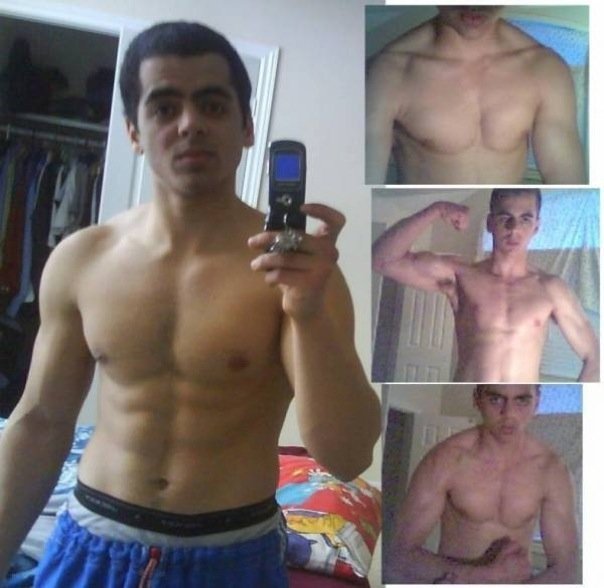

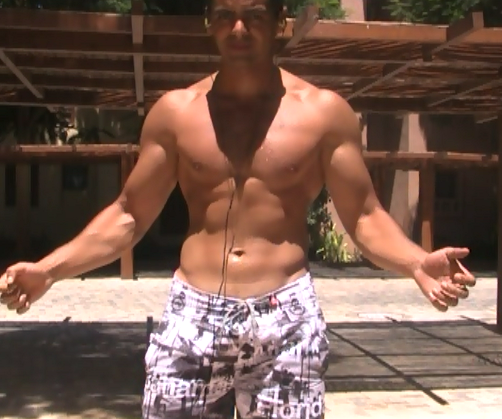
Useful Links
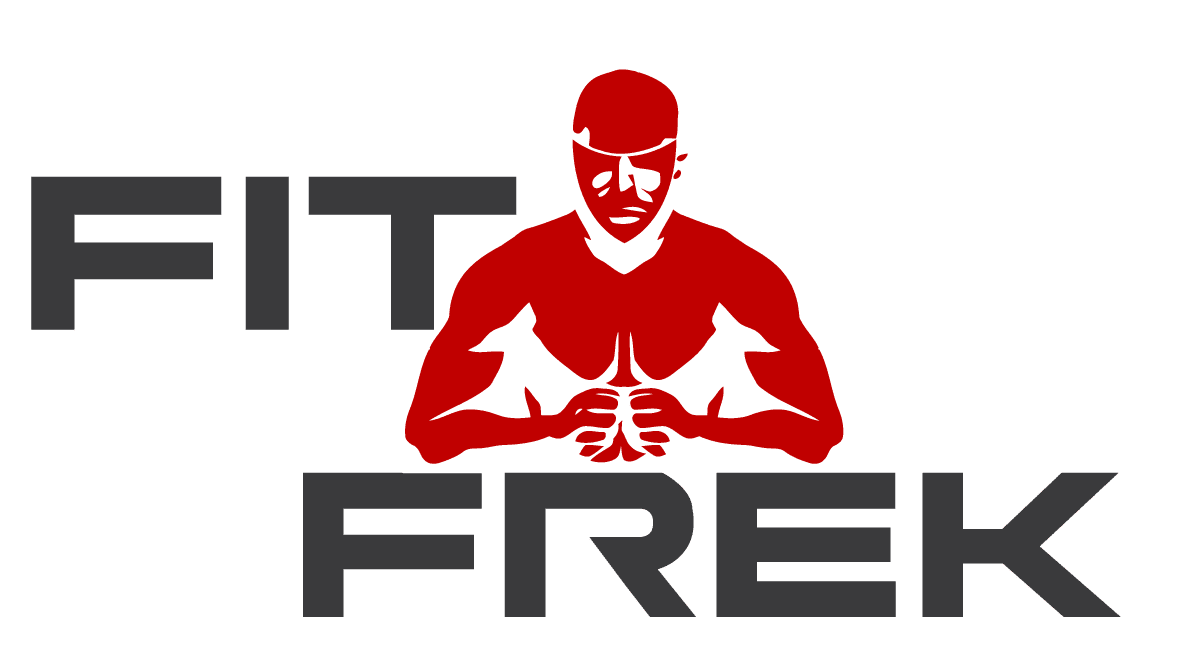 About FitFrek
About FitFrekFitFrek operates as an independent platform, offering comprehensive workouts, programs, routines, guides, and unbiased reviews to accelerate your progress. We pride ourselves on our honesty, delivering straightforward and candid insights. FitFrek does not offer medical advice, diagnosis, or treatment services.
Session expired
Please log in again. The login page will open in a new tab. After logging in you can close it and return to this page.